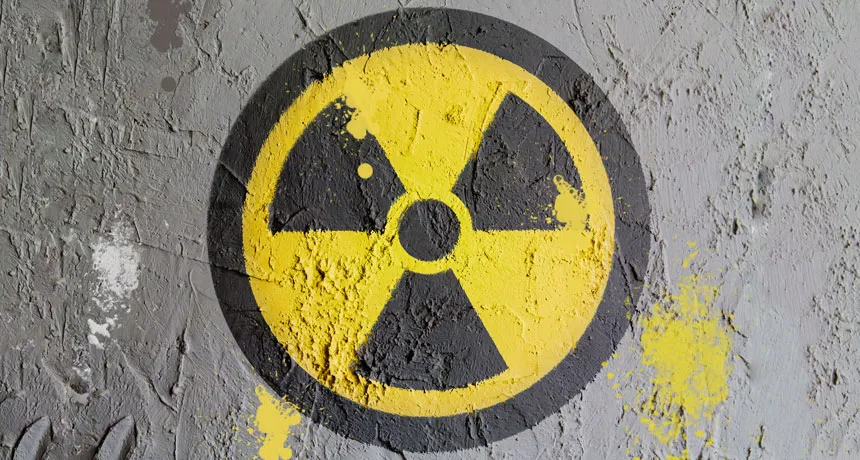
WRITING ON THE WALL A new type of radiation detection could make it much harder to keep radioactive material under wraps.
Aleksey Klints/Shutterstock

WRITING ON THE WALL A new type of radiation detection could make it much harder to keep radioactive material under wraps.
Aleksey Klints/Shutterstock